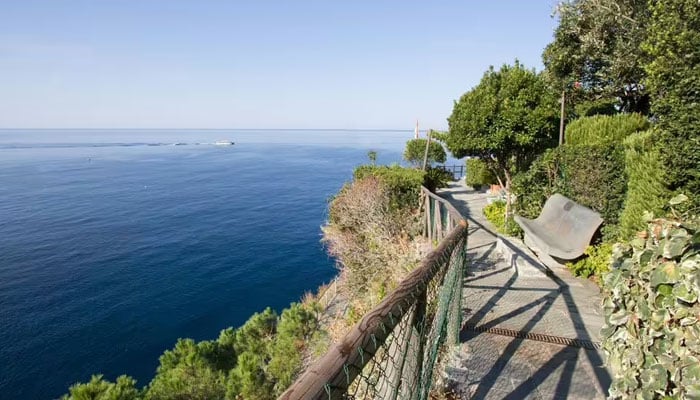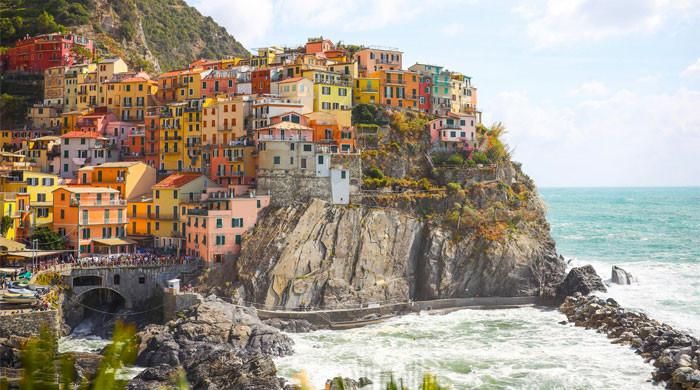The path, popularly known as Via dell'Amore, or Path of Love, in Italy's picturesque Cinque Terre region, has recently reopened more than a decade after a long closure following a landslide in 2012.
However, tourists planning to visit the destination, known for its stunning coastal views and romantic atmosphere, will face new, stricter rules aimed at controlling visitor numbers and preserving the site.
According Daily ExpressStarting this month, access to the Via dell'Amore will be limited to 4,000 visitors per day. To do so, tourists will need to purchase tickets with limited entry times.
In addition, staff will be stationed along the route to monitor visitor behavior and ensure that the path is respected as the “open-air museum” it has become.

The move addresses the challenges of overtourism in Cinque Terre, a coastal national park made up of five fishing villages.
“We're not doing this to make money,” said Fabrizia Pecunia, mayor of Riomaggiore. “In 2011 there were around 870,000 visitors, so we basically want to keep the old figures but spread them out.” [them] better.”
The €23m renovation of the trail has brought major safety improvements, including the removal of fragile rocks, the installation of steel nets over landslide-prone areas and the widening of a tunnel cut through the cliff.
The restoration project, which took nine years of planning and two years of intensive construction work, aimed to improve both safety and aesthetics.
Opened in 1931, Via dell'Amore is open to visitors from 8:30 a.m. to 7:00 p.m. in summer and until 5:00 p.m. in winter.
The Via dell'Amore was originally built to connect the isolated villages of Riomaggiore and Manarola.
Before its construction, residents had to climb 600 steps over the cliffs or take a train, which began operating in 1874.












